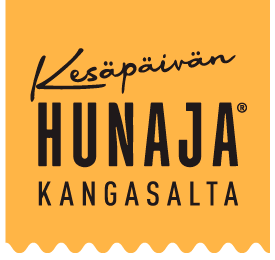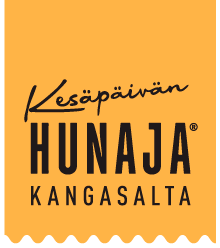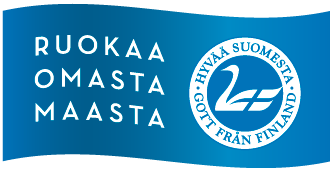
Kesäpäivän Hunaja is produced by
Pajula Bee Farm
Janne Pajula of Pajula Bee Farm (Pajulan Mehiläistarhat Oy in Finnish) has nearly 25 years of experience in beekeeping and producing honey. The first beehive came to Tohkala, Kangasala in 1998, and now there are more than 200.
Kesäpäivän Hunaja is produced by
Pajula Bee Farm
Janne Pajula of Pajula Bee Farm (Pajulan Mehiläistarhat Oy in Finnish) has nearly 25 years of experience in beekeeping and producing honey. The first beehive came to Tohkala, Kangasala in 1998, and now there are more than 200.

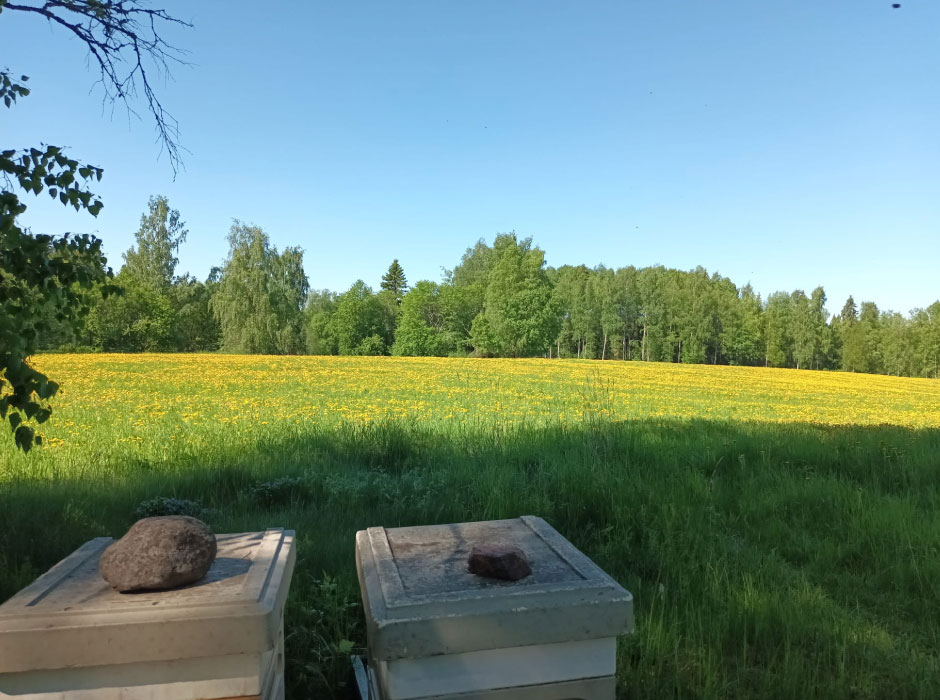
Many kinds of bees
There’s a huge number of bee species in the world. Those in the first beehive derived from an Italian species. Today, most of the other bees kept by Pajula Bee Farm are Carniolan honey bees, which are native to Slovenia. Over the years, we have also tested other species, such as African Elgons and English Buckfasts. The Italian and Carniolan bees were chosen because they are best suited to the Finnish annual cycle.
One way to increase the number of beehives is splitting them. The first Italian colony bought in 1998 was split into three hives the next year, and splitting was continued in the years following. Now there are more than 200 hives in various parts of Pirkanmaa – in Kangasala, Orivesi, Pälkäne and Valkeakoski – buzzing with tried and tested bees of different colours.
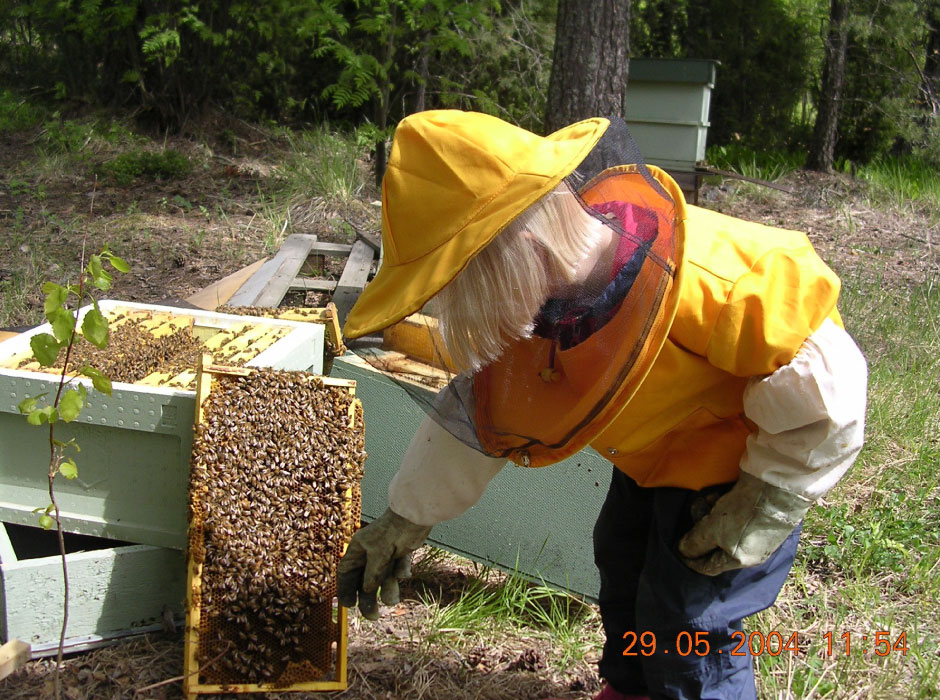
Gradual expansion
During the first years, honey was extracted in Tohkala, Kangasala in the entrance of the small farm’s main building, using a four-frame extractor. In the early 2000s, we renovated a new extraction room in the farm’s old cowshed, and purchased several larger, more powerful extractors. Previously, the packing of our honey was outsourced, but this year Pajula Bee Farm obtained a new, impressive packing facility close to the centre of Kangasala. We have proper premises there for packing and storing our honey tubs until they are transported to shops.
You can also read this article about a beekeeper’s work published by Aamulehti (in Finnish).
